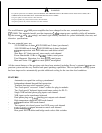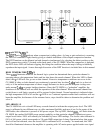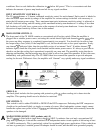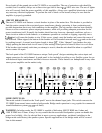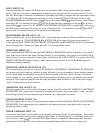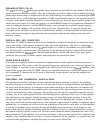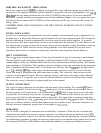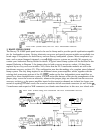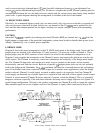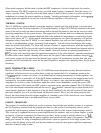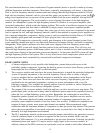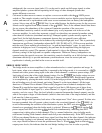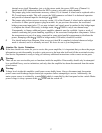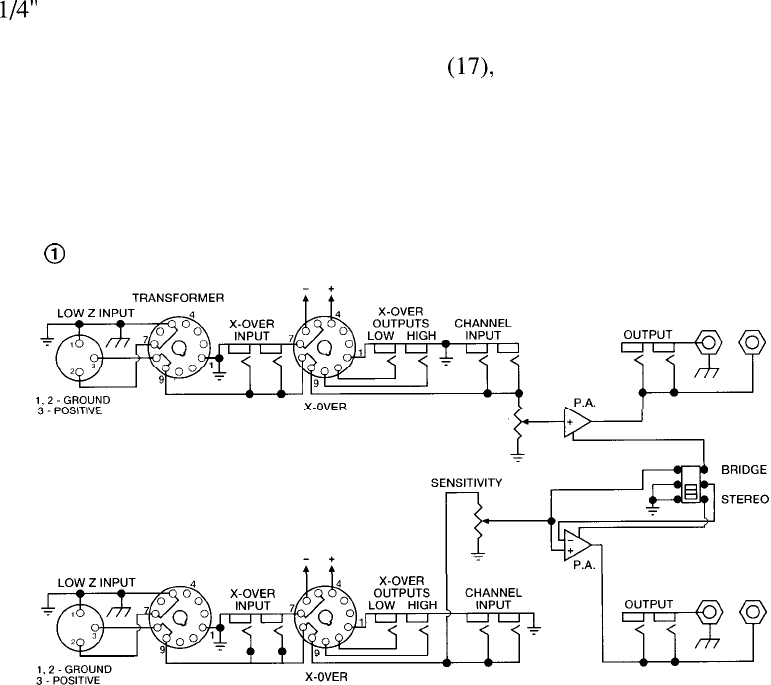
signal levels beyond this point will not produce any significant increase in output and may cause distortion
problems.
MODES OF OPERATION
1. STEREO MODE (UNBALANCED INPUTS)
The CS 1000X is shipped from the factory with jumper plugs inserted in the transformer (12) and crossover
(14) accessory sockets. These jumper plugs are necessary if the low-impedance connectors (11) are to be
used as inputs for each channel. As indicated in Diagram 1, the XLR connectors are wired in an unbalanced
configuration (pins 1 and 2 are ground; pin 3 is input). The unbalanced-input configuration is acceptable
whenever relatively short cable runs are employed, or when the associated mixer used has a full trans-
former-balanced output. Under these circumstances, this configuration will usually provide adequate hum
and interference rejection for most environments. Notice that the jumper plugs in the crossover accessory
sockets are required to complete the signal patch to the respective power amp inputs (17). If the normal
unbalanced l/4” power amp input jacks are used instead, the jumper plugs are not necessary. It is suggested,
however, that they be left in their respective sockets for possible later usage. As with all Peavey amplifiers,
the CS 1000X has two power amp input jacks per channel
(17),
which offer considerable flexibility in hook-
up possibilities. For monaural operation, the same signal is applied to both channels; the mixer output is
plugged in one of the parallel input jacks in one of the channels, and a short shielded jumper cable is con-
nected between the remaining input jack on that channel to one of the parallel input jacks on the other
channel. This technique is called daisy-chaining, and can be repeated many times to patch to additional
amplifier channels requiring the same signal feed.
0
PATCH PANEL (STEREO MODE) WITH JUMPERS
SENSITIVITY
TRANSFORMER
2. STEREO MODE (BALANCED INPUTS)
When conditions require the use of a balanced input at the power amplifier, the XLR connectors (11) on
either or both channels can be converted to a balanced configuration by removing the jumper plug from the
transformer accessory socket (12) and plugging in an input transformer module (PL-2). The Peavey model
PL-2 transformer module is a nominal 1: 1 turn-ratio type, resulting in unity gain. In Diagram 2, the XLR
connector is now wired as a conventional balanced-type input (pin 1 is ground; pin 2 is negative; pin 3 is
positive). The jumper plugs in the crossover accessory sockets are required to complete the signal patch to
the respective power amp inputs (14). For balanced stereo operation, two PL-2 modules are required. For
monaural operation, only one PL-2 is needed, and the inputs can be connected by placing a short shielded
jumper cable between one of the power amp input jacks (17) on each channel. Thus, the XLR connector
associated with the PL-2 module is the balanced-system input, and the other XLR connector is not used.
10




